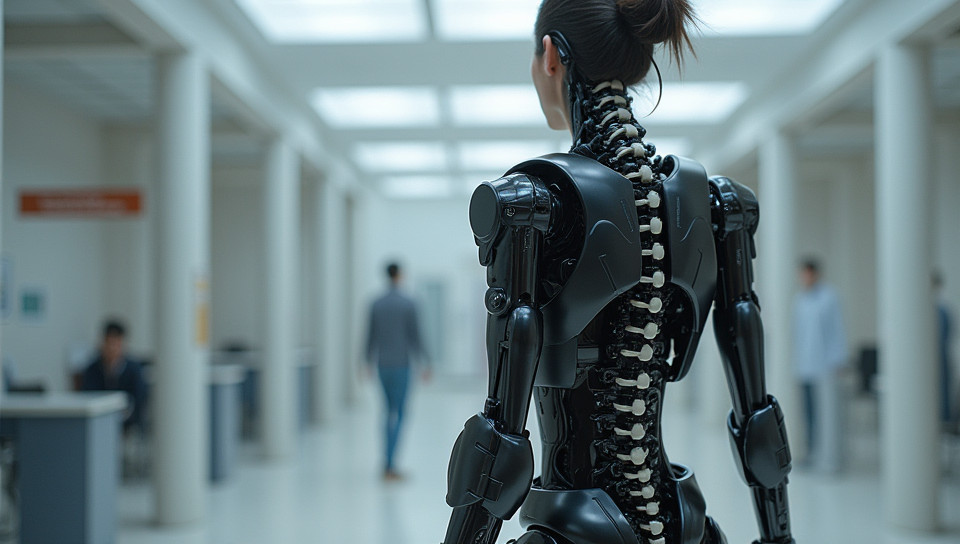Biomedical engineers create exoskeletons for people with spinal injuries 84%

Revolutionizing Lives: The Power of Biomedical Engineering
Imagine being able to walk again, to run, to dance, and to live life without the constant burden of a spinal injury. For many individuals, this is now a reality thanks to the innovative work of biomedical engineers who have created exoskeletons that are changing lives.
What are Exoskeletons?
Exoskeletons are wearable devices that use motors, sensors, and artificial intelligence to support and enhance human movement. These sophisticated machines can be controlled by the user's thoughts or muscle signals, allowing them to stand up, walk, and even run with ease. For people with spinal injuries, such as paralysis or paraplegia, exoskeletons provide a new sense of freedom and independence.
The Benefits of Exoskeletons
Exoskeletons offer numerous benefits for individuals with spinal injuries, including:
- Improved mobility and balance
- Enhanced muscle strength and endurance
- Increased confidence and self-esteem
- Greater autonomy and independence
- Reduced risk of secondary health complications
How Do Exoskeletons Work?
Exoskeletons are designed to work in conjunction with the user's body. They typically consist of a rigid or semi-rigid frame that is worn on the legs, hips, and lower back. The device is equipped with motors, sensors, and controllers that detect the user's muscle signals and adjust their movement accordingly.
Real-Life Applications
Exoskeletons are being used in various settings, including:
- Rehabilitation centers to help individuals recover from spinal injuries
- Clinical trials to test the effectiveness of exoskeletons for different types of paralysis
- Military applications to enhance soldier mobility and reduce the risk of injury
- Assistive technology programs to provide affordable and accessible solutions for people with disabilities
Conclusion
The development of exoskeletons by biomedical engineers is a testament to human ingenuity and innovation. These life-changing devices are not only improving the lives of individuals with spinal injuries but also pushing the boundaries of what is possible in the field of assistive technology. As research continues to advance, we can expect even more sophisticated and effective solutions that will empower people with disabilities to live their lives to the fullest.
- Created by: Kabir Kumar
- Created at: Feb. 4, 2025, 2:41 p.m.
- ID: 20038






